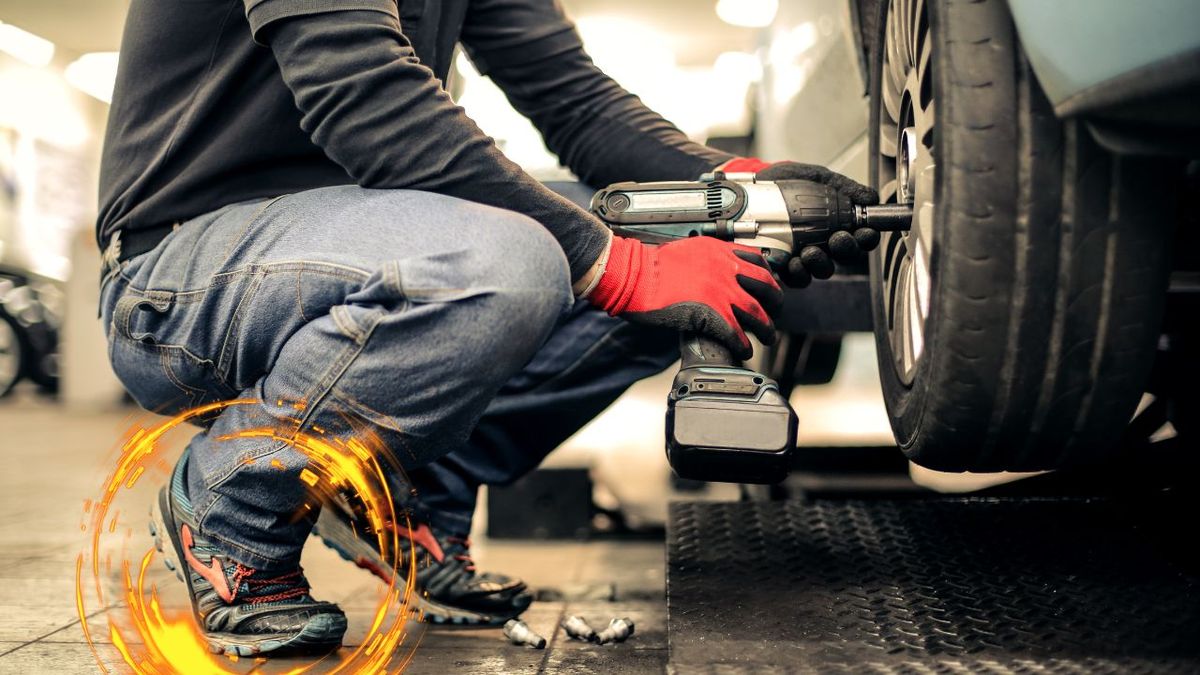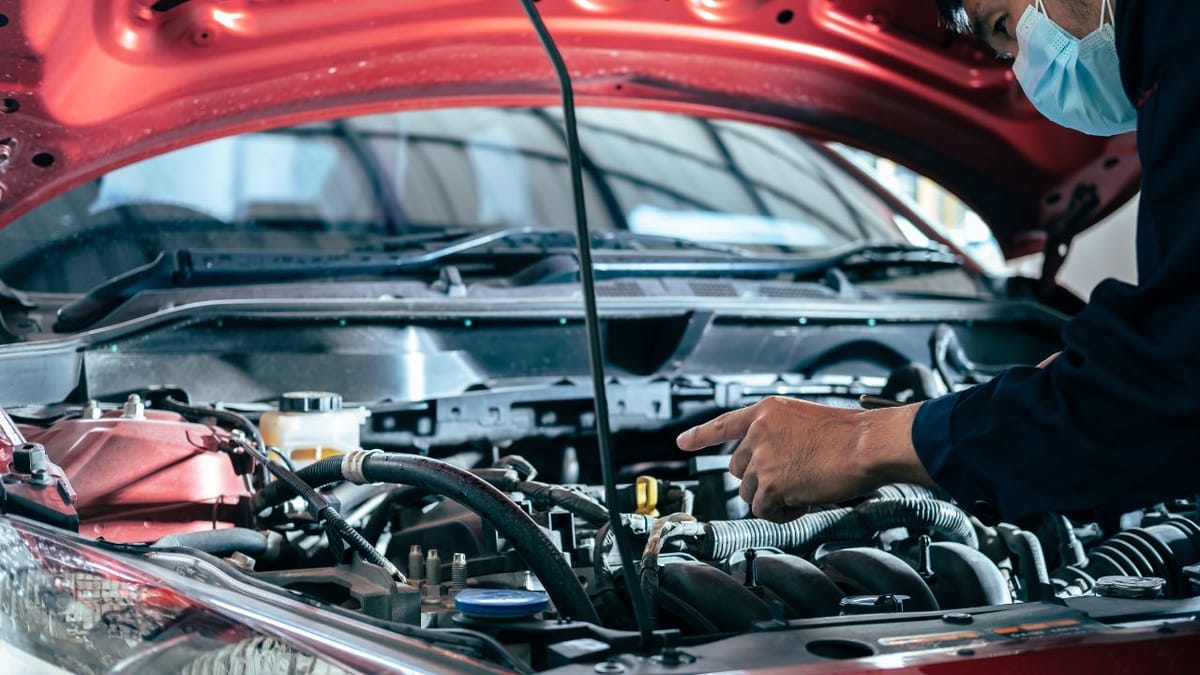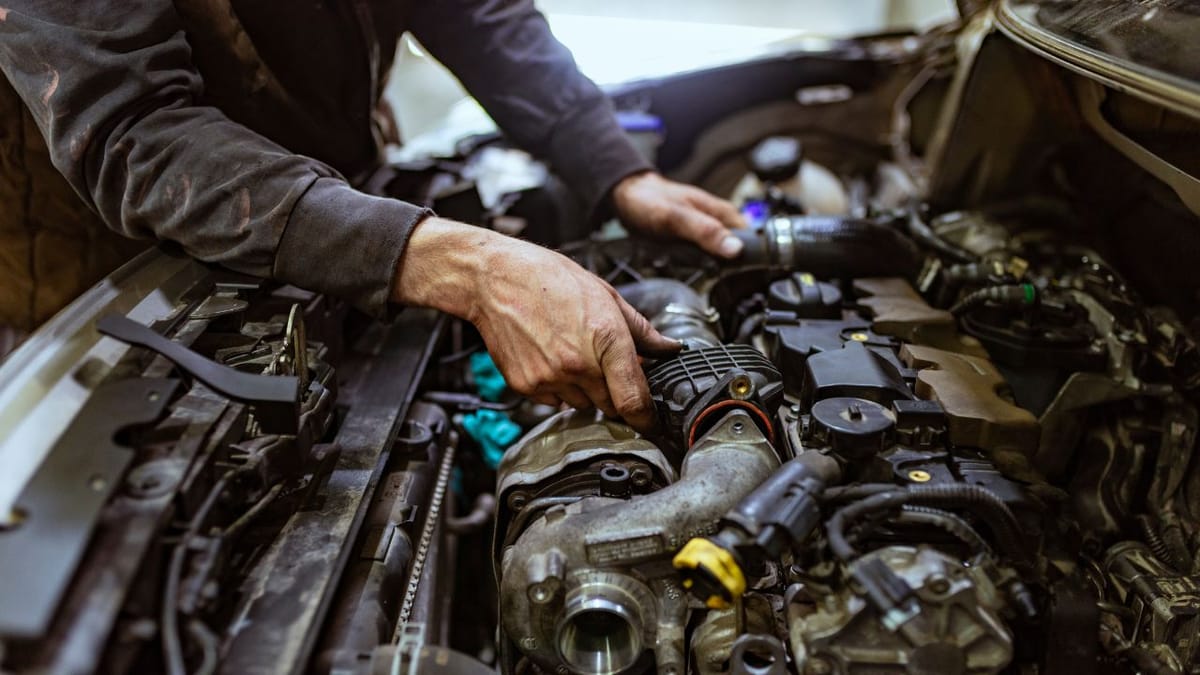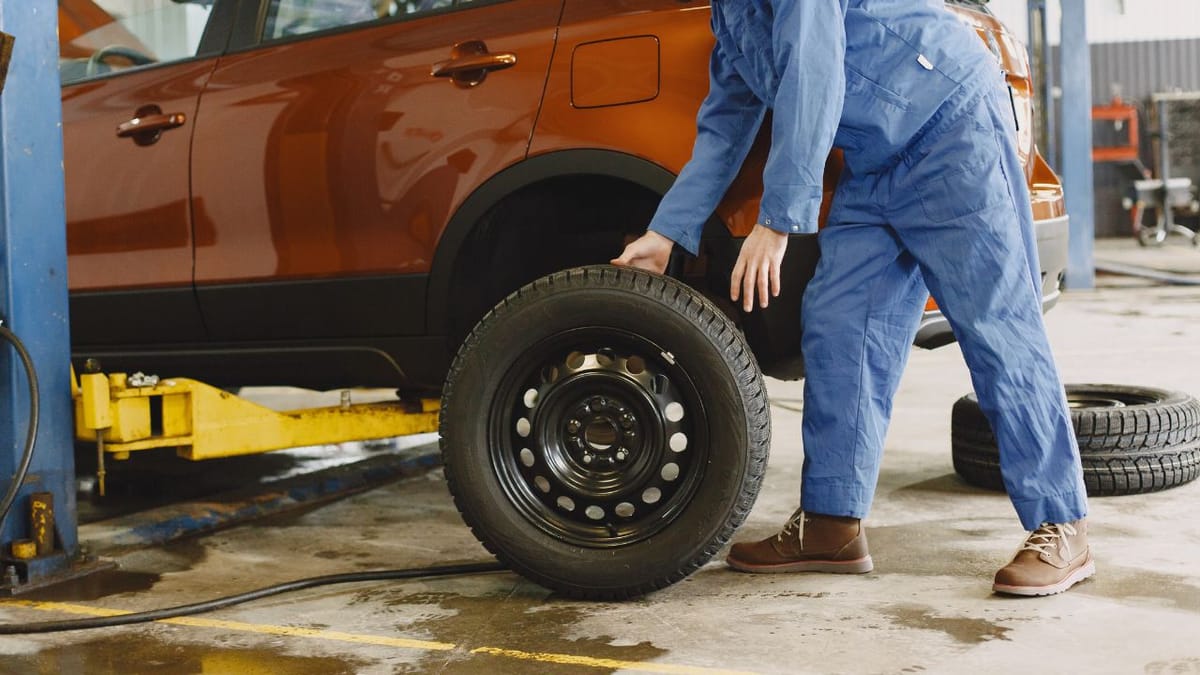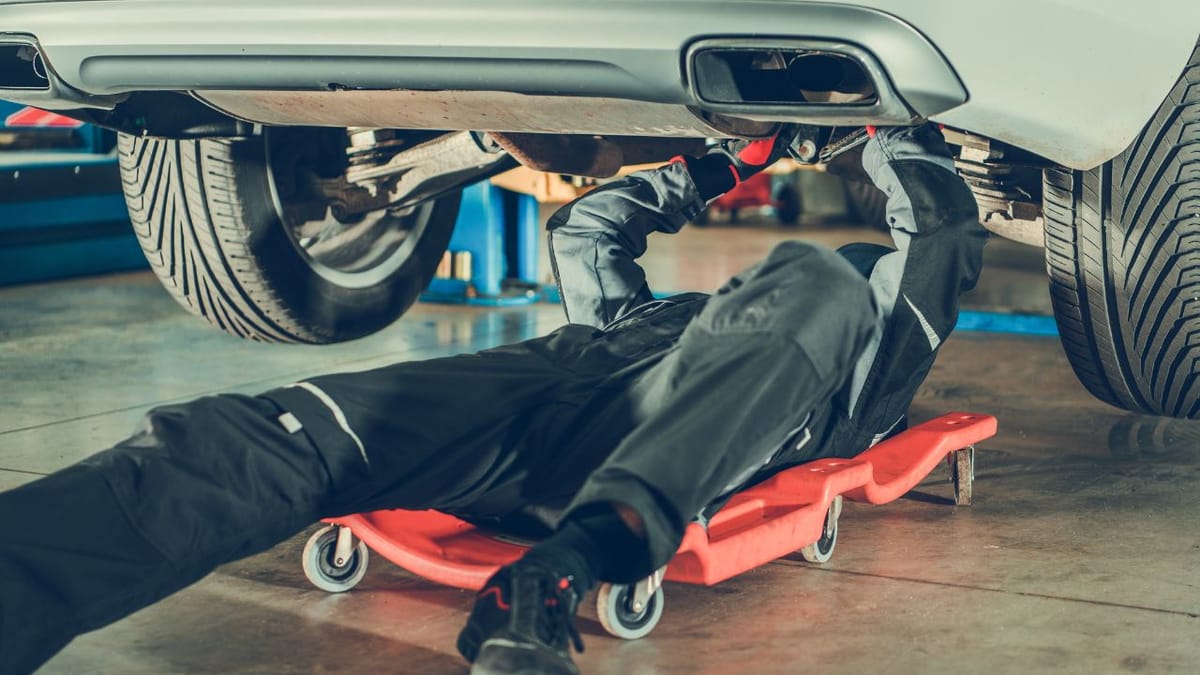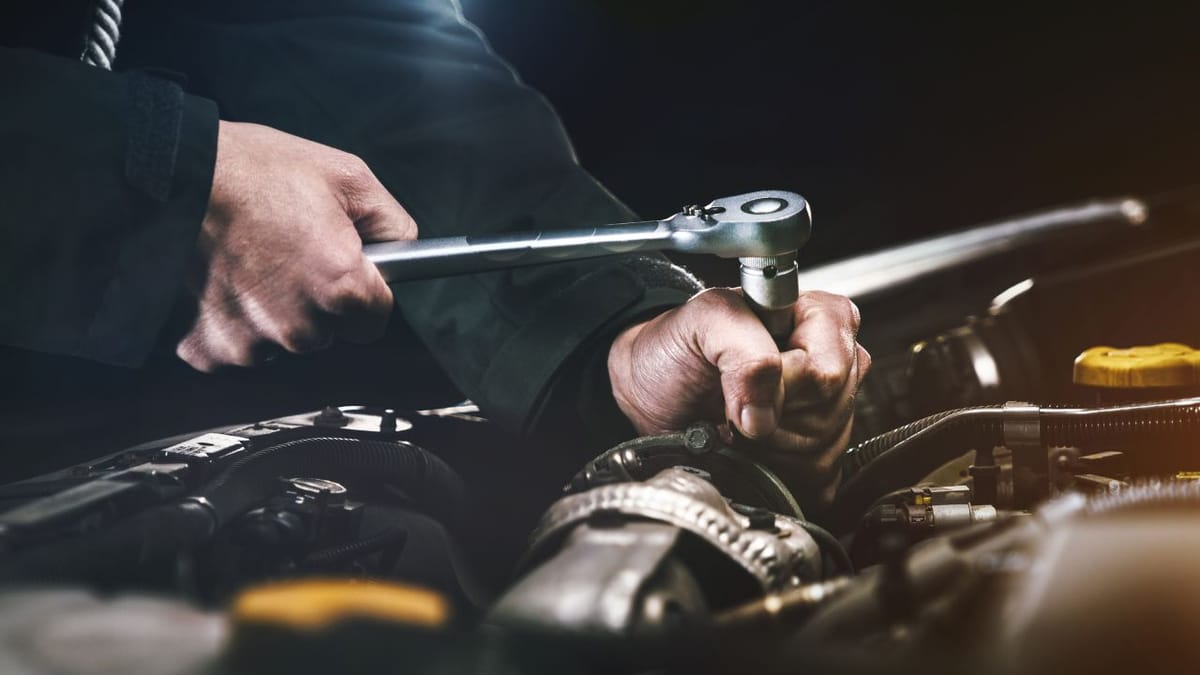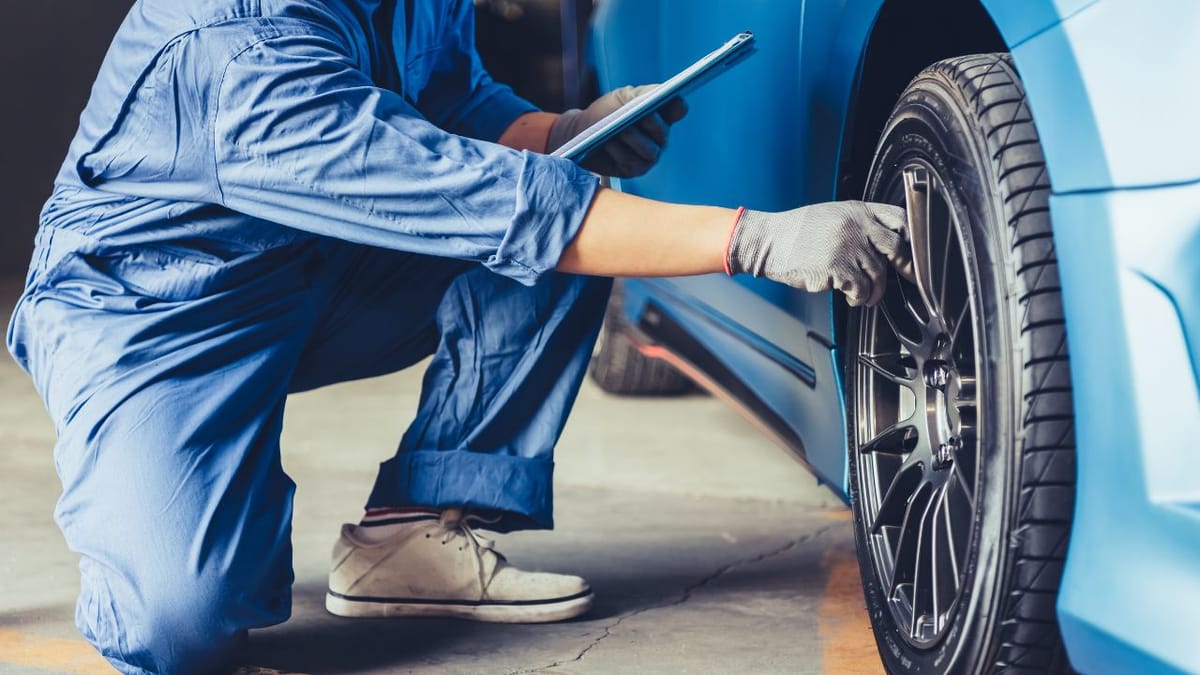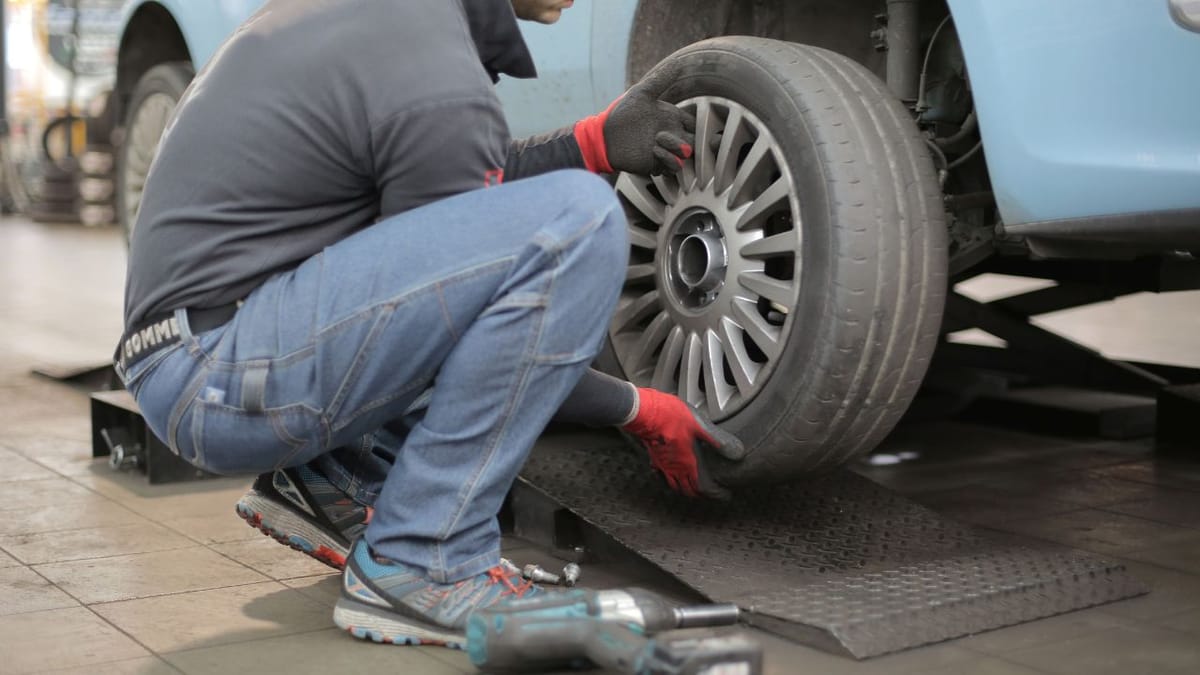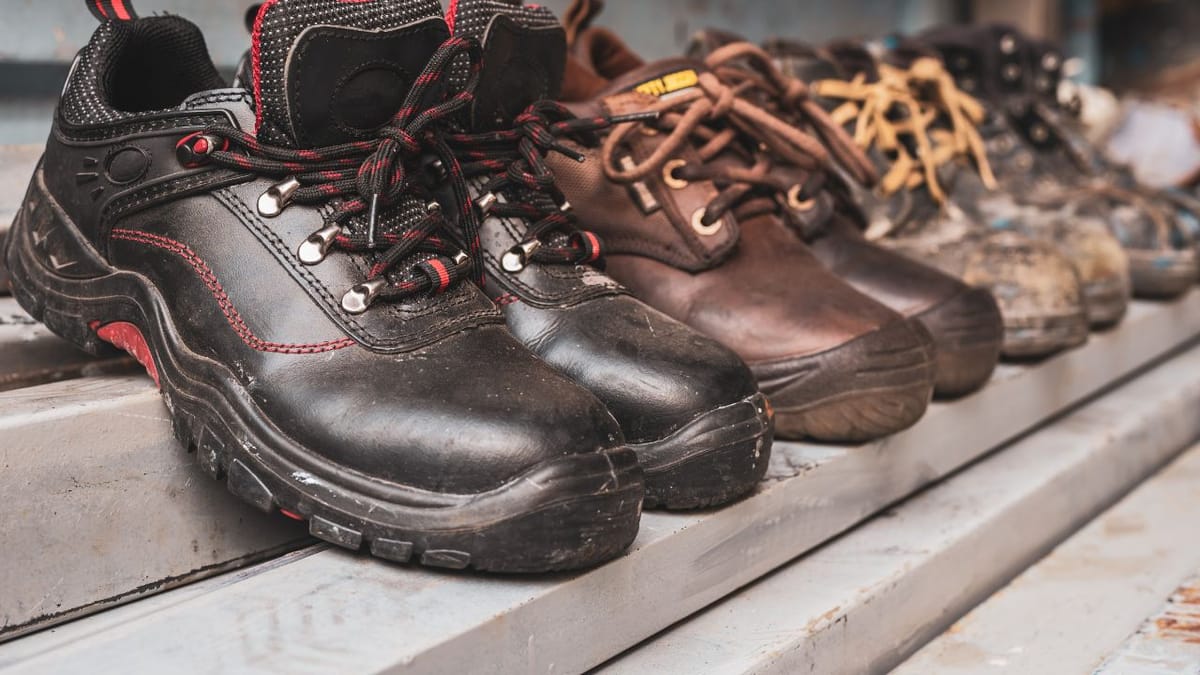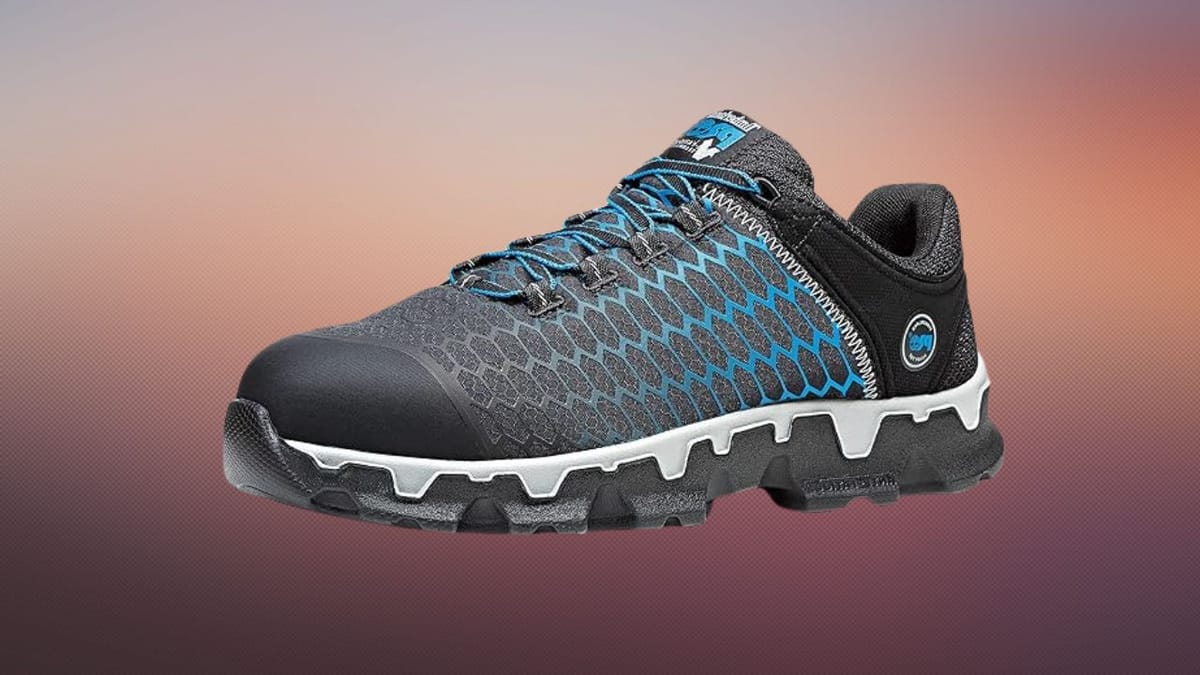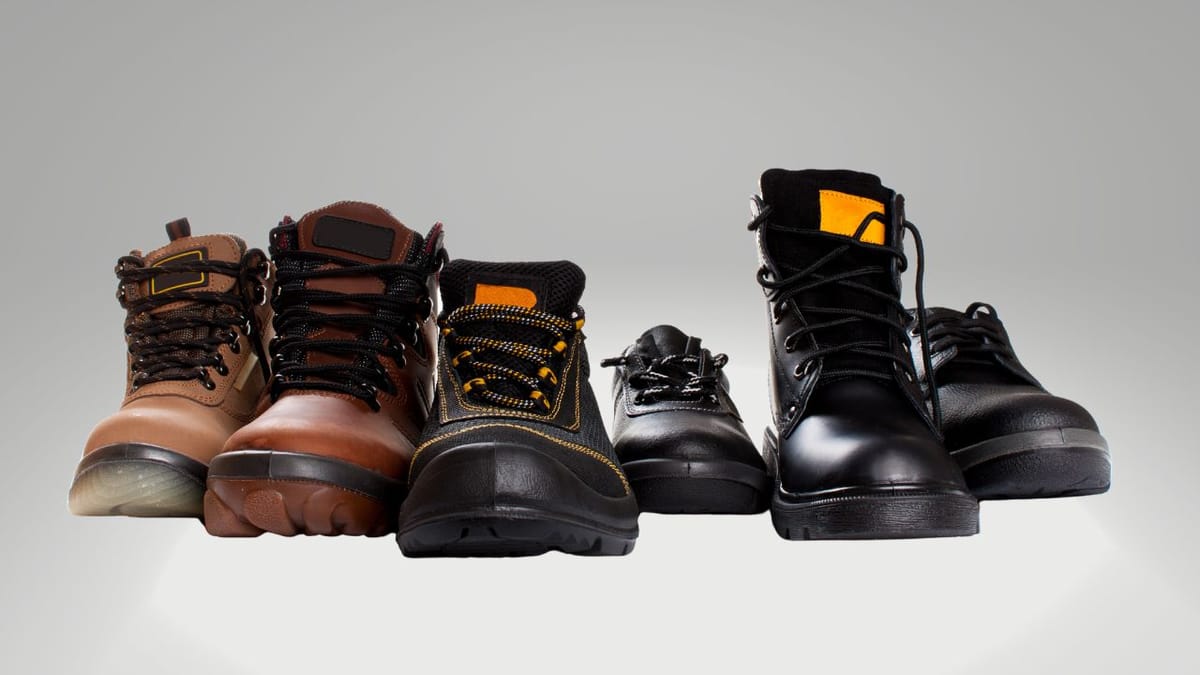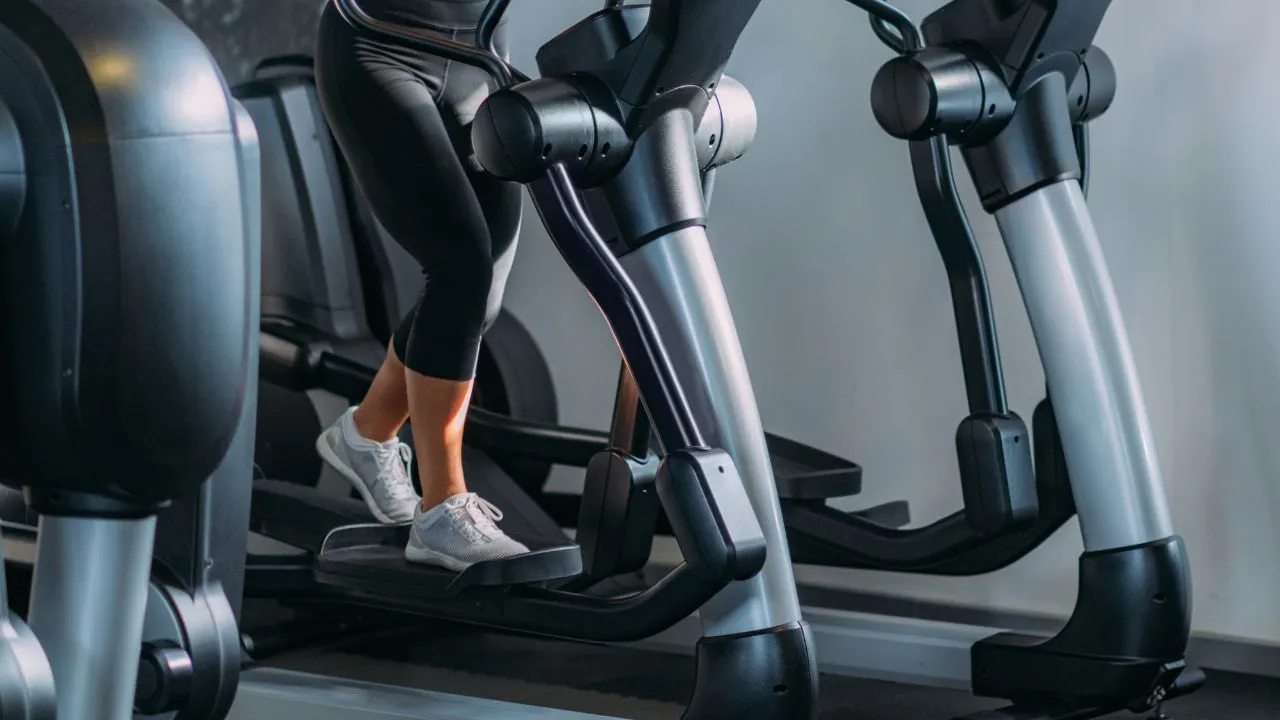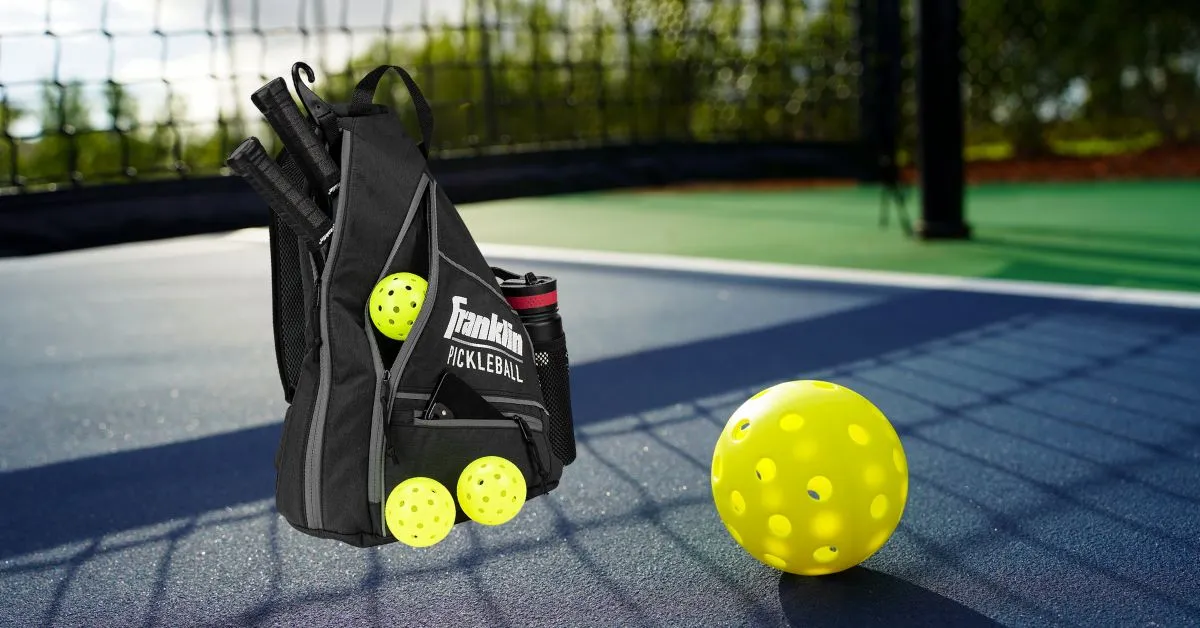Table of Contents
Key Takeaways:
- Safety boots or shoes are a critical component of a mechanic's personal protective equipment (PPE).
- There are specific features that make safety boots suitable for mechanics, such as slip resistance, toe protection, and support.
- Understanding the importance and benefits of wearing safety boots can significantly reduce workplace injuries.
Yes mechanics wear safety shoes of some sort usually with a steel toe or composite toe. Whether they are boots or shoes is up to employer.
Mechanics are the backbone of the automotive service industry, ensuring that vehicles are maintained and repaired to the highest standards.
But with this responsibility comes the need for proper safety measures, particularly when it comes to what they wear on their feet.
Safety shoes are not just a footwear choice; they are a shield against the many hazards found in a mechanic's work environment.
The Importance of Safety Boots for Mechanics
When we think of a mechanic at work, we often picture them with a set of tools, greasy hands, and a uniform. However, one of the most critical aspects of a mechanic's attire is often overlooked: their footwear. Safety boots play a pivotal role in protecting mechanics from a myriad of potential dangers, including heavy objects, sharp items, and chemical spills. These shoes are designed to provide a combination of comfort, durability, and, most importantly, protection.
Mechanics often work in environments where the risk of dropping heavy parts or tools is high. A sturdy pair of safety boots with reinforced toe caps can be the difference between a minor incident and a serious injury. Moreover, the slip-resistant soles help prevent falls and slips, which are common in workshops where oil or other fluids may spill.
Features of Safety Boots for Mechanics
Safety boots or shoes for mechanics are not your average footwear. They come equipped with features specifically tailored to the needs of those in the automotive industry. One of the most crucial features is the steel toe cap or composite material equivalent, which protects the feet from impact and compression. Additionally, the soles are designed to resist punctures and provide electrical insulation, which is essential in an environment where electrical hazards may be present.
Another key feature is the material of the boot itself. High-quality safety boots are often made from durable leather or synthetic materials that can withstand the harsh conditions of a workshop. They are also designed with supportive insoles and comfortable padding to ensure that mechanics can stand and move around for extended periods without discomfort.
The Role of Safety Boots in Preventing Workplace Injuries
Workplace injuries can be costly, not just for the mechanic but also for the employer. Safety boots are a form of preventative measure that can significantly reduce the risk of foot and ankle injuries. By wearing the appropriate footwear, mechanics can safeguard themselves against common workshop hazards such as falling objects, sharp tools, and slippery surfaces.
Statistics show that a considerable percentage of workplace injuries involve the feet and legs, which underscores the importance of wearing safety boots. By investing in a pair of high-quality safety boots, mechanics are taking a proactive step towards maintaining a safe working environment and minimizing the potential for injury.
Safety Standards and Certifications for Mechanic Safety Boots
When selecting safety boots, it's essential to consider the safety standards and certifications that they meet. Boots that comply with standards such as ASTM in the United States or EN ISO in Europe have been tested and certified to provide a certain level of protection. These standards ensure that the boots can withstand impacts, offer electrical resistance, and provide a secure grip on slippery surfaces.
Mechanics should look for boots that have these certifications clearly labeled. This not only guarantees that the boots will offer the necessary protection but also that they are made with quality materials and construction methods. Wearing certified safety boots is a testament to a mechanic's commitment to safety and professionalism in the workplace.
The Evolution of Safety Boots in the Mechanic Industry
Safety boots have come a long way since their inception. Initially, they were bulky, heavy, and uncomfortable, but with advancements in technology and materials, today's safety boots are much more user-friendly. Modern safety boots for mechanics are lightweight, flexible, and designed with ergonomic features that promote foot health and comfort throughout the workday.
The evolution of safety boots has also seen the introduction of various styles and designs, catering to personal preferences and specific job requirements. From high-cut boots that provide additional ankle support to low-cut options that offer more mobility, there is a safety boot for every mechanic.
Balancing Comfort and Protection in Mechanic Safety Boots
Finding the right balance between comfort and protection is crucial when it comes to safety boots for mechanics. While protection is the primary concern, a boot that is uncomfortable will not be worn consistently, negating its protective benefits. Therefore, manufacturers have focused on creating boots that mechanics can wear all day without experiencing discomfort.
Features such as breathable materials, cushioned insoles, and flexible soles contribute to the overall comfort of the boot. Additionally, many safety boots now come in various widths and sizes to accommodate different foot shapes, ensuring that every mechanic can find a boot that fits well and feels good.
The Cost-Benefit Analysis of Investing in Quality Safety Shoes
While safety boots can be a significant investment, the cost is justified when considering the benefits they provide. High-quality safety boots last longer, provide better protection, and offer greater comfort than cheaper alternatives. Over time, investing in a good pair of boots can save mechanics money by reducing the frequency of replacements and the potential for injury-related costs.
Employers also benefit from providing their mechanics with quality safety boots. A reduction in workplace injuries leads to lower insurance premiums, less downtime, and a more productive workforce. It's a win-win situation where the initial investment pays off in the long run.
How to Choose the Right Safety Shoes for Mechanics
Choosing the right safety boots is a decision that should not be taken lightly. Mechanics should consider several factors, including the specific hazards of their work environment, the boot's safety features, the fit, and the materials used. It's also important to try on different styles and walk around in them to ensure they are comfortable and do not cause any pain or discomfort.
Additionally, mechanics should seek advice from colleagues or safety professionals and read reviews to understand which boots are the best on the market. Taking the time to select the right pair of safety boots is an investment in one's safety and well-being.
Maintenance and Care for Mechanic Safety Boots
To ensure that safety boots continue to provide the necessary protection, they must be properly maintained and cared for. This includes regular cleaning to remove any chemicals, oils, or other substances that could degrade the materials. It's also important to inspect the boots regularly for signs of wear and tear, such as cracks in the sole or damaged toe caps, and replace them when necessary.
Proper storage is another aspect of boot care that mechanics should consider. Safety boots should be kept in a cool, dry place away from direct sunlight to prevent the materials from deteriorating. By taking good care of their safety boots, mechanics can extend their lifespan and maintain their protective qualities.
Summary
Safety boots are an indispensable part of a mechanic's work attire, providing essential protection against the many hazards present in automotive workshops. With features like toe protection, slip resistance, and support, these boots are designed to keep mechanics safe on the job. By understanding the importance of safety boots, adhering to safety standards, and investing in quality footwear, mechanics can significantly reduce the risk of workplace injuries. Proper maintenance and care are also crucial to ensure that safety boots remain effective and durable over time.
FAQ Section
Are safety boots mandatory for mechanics?
While regulations can vary by region and workplace, safety boots are generally considered mandatory for mechanics due to the high risk of foot injuries in the automotive industry.
How often should safety boots be replaced?
Safety boots should be replaced when they show signs of significant wear and tear, such as damaged toe caps, worn-out soles, or when they no longer provide the necessary level of comfort and support.
Can mechanics wear any type of safety boot?
Mechanics should wear safety boots that are specifically designed for the hazards of their work environment. Boots should meet relevant safety standards and certifications to ensure adequate protection.
Other Related Articles
